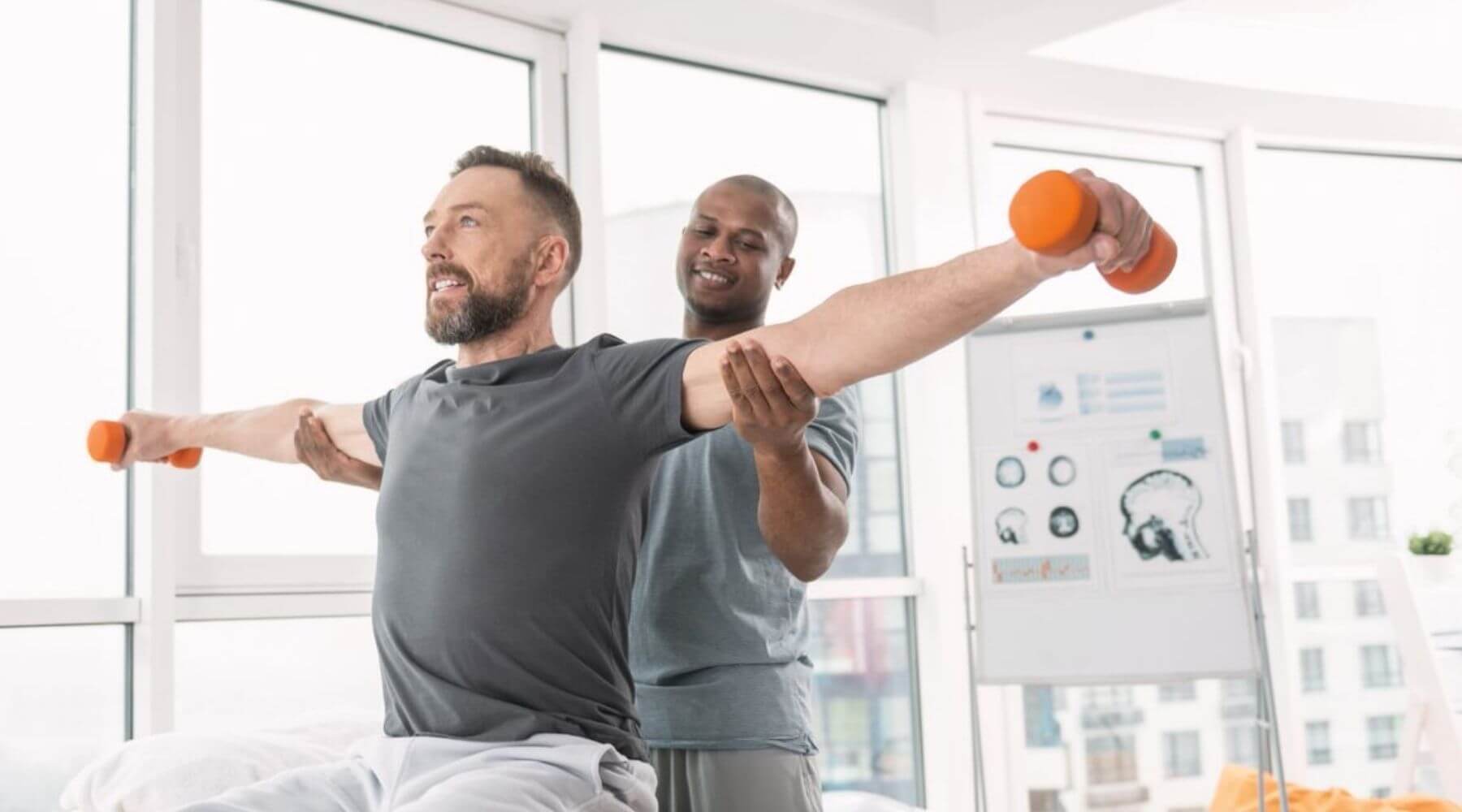Effective Approaches for Reducing Dyspnea in Physiotherapeutic Therapy Sessions
Effective Approaches for Reducing Dyspnea in Physiotherapeutic Therapy Sessions
Blog Article
Breathing difficulties, or trouble respiration, is a frequent issue that many individuals face, especially those with chronic lung conditions, heart problems, or other medical concerns. In physical therapy sessions, addressing dyspnea is essential for helping clients improve their overall standard of life. By employing specific methods and approaches, physical therapists can assist patients in managing their breathing difficulties. Understanding these effective approaches can empower both therapists and patients to work together more effectively in addressing obstacles related to dyspnea.
One of the primary techniques used to alleviate dyspnea in physical therapy is the practice of controlled breathing exercises. These exercises often focus on diaphragmatic breathing, which promotes patients to use their breathing muscle rather than their upper thoracic muscles when breathing in. This method helps to increase lung volume and effectiveness. Additionally, pursed-lip breathing is another approach that can be beneficial. This technique requires breathing in through the nose and breathing out slowly through pursed lips, which can assist to keep airways clear longer and render breathing feel more manageable. By including these exercises into therapy sessions, physical therapists can provide patients with tools to manage their breathing difficulties both during and beyond of their appointments.
Another crucial element of controlling dyspnea in physical therapy is the creation of an personalized exercise program. Customizing exercises to meet the individual needs and abilities of each patient is crucial. Therapists should slowly introduce aerobic exercises, such as walking or biking, in a controlled manner, allowing patients to develop their endurance over a period. This progressive approach helps patients to feel more at ease with physical activity while at the same time improving their lung function and overall endurance. It is important for therapists to monitor patients closely during these have a peek at this site activities to make sure they are not overexerting themselves, which could lead to greater difficulty of breath.
Education also plays a significant role in reducing breathing difficulties during physical therapy sessions. Providing patients with knowledge about their ailment and the mechanisms behind dyspnea can enable them to take control of their health. Therapists can explain how factors like anxiety, posture, and surrounding conditions can influence breathing. By comprehending these concepts, patients can learn to control their issues more effectively. Techniques such as stress reduction methods and proper body mechanics can further assist in minimizing the impact of breathing difficulties during routine activities and therapy appointments.
In conclusion, effectively alleviating dyspnea in physical therapy sessions involves a mix of breathing exercises, individualized exercise programs, and patient teaching. By implementing these effective methods, physical therapists can assist patients control their breathing difficulties and improve their overall health. Working together between therapists and patients is crucial to create tailored interventions that address individual needs. With the appropriate support and methods, patients can experience relief from dyspnea and participate more completely in their physical therapy process, eventually leading to a better standard of life.